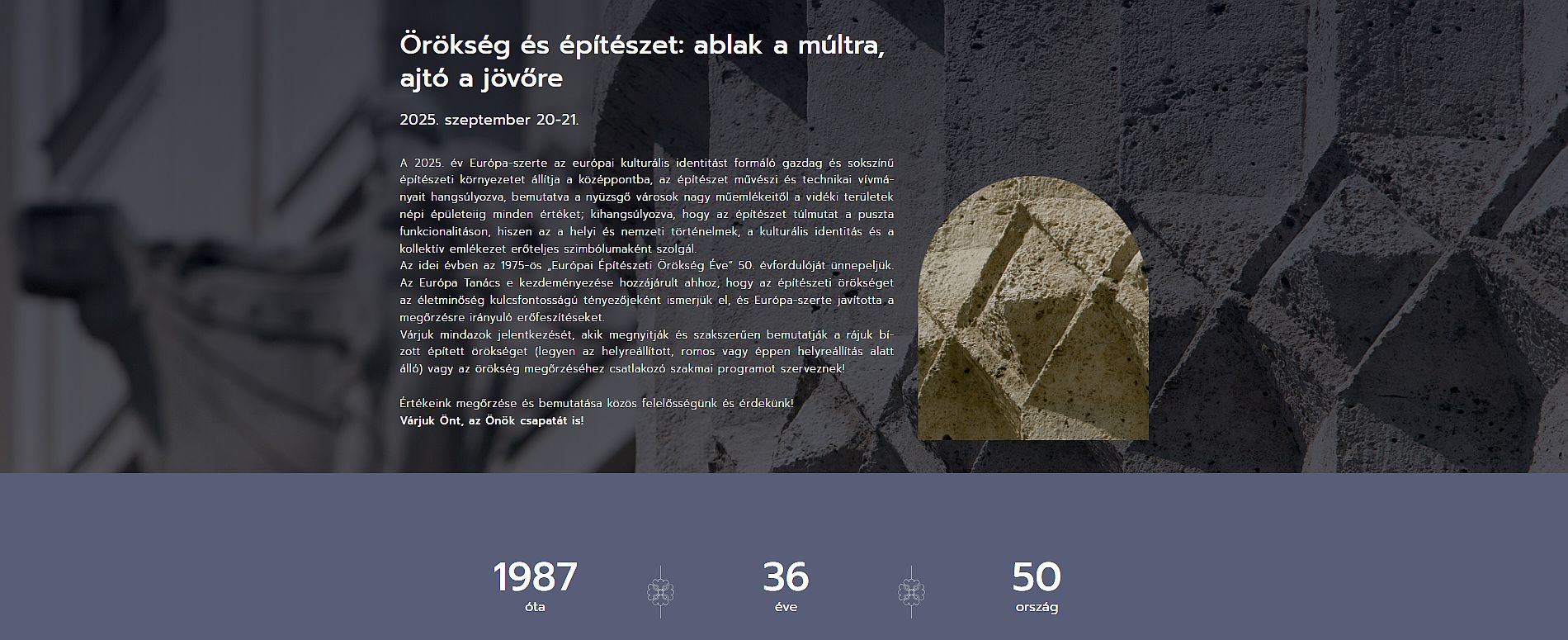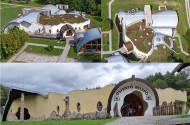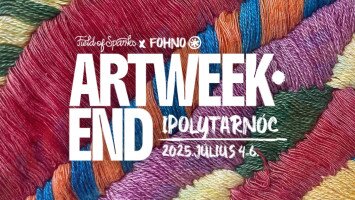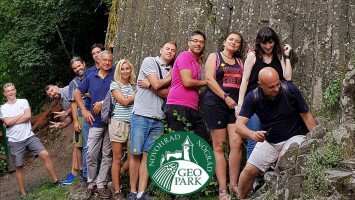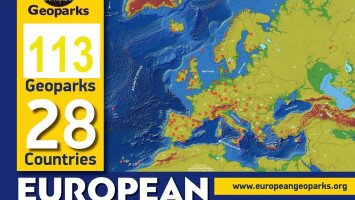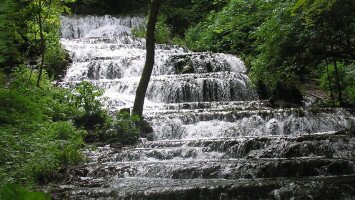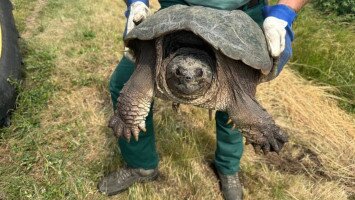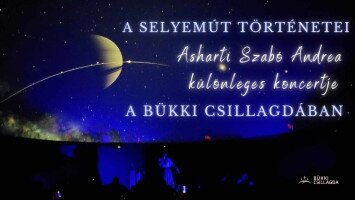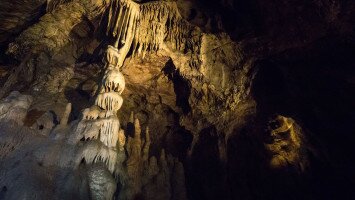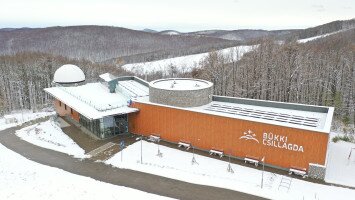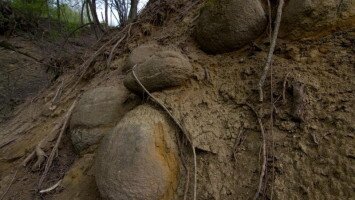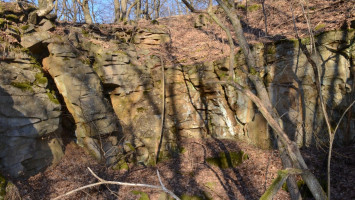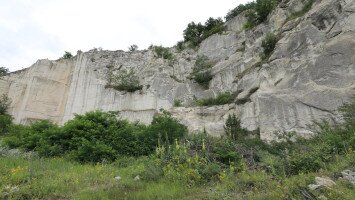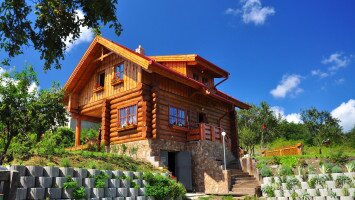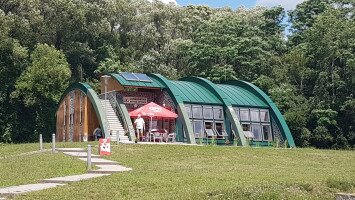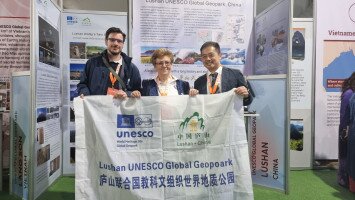
The Cultural Heritage Days (the Hungarian series of European Heritage Days) will be held between 20-21 September 2025, grouped around the theme of the “European Year of Architectural Heritage”. The architectural solution of our Ancient Pine Entrance Visitor Center, managed by the Bükk National Directorate, goes beyond mere functionality, as it incorporates the powerful symbol system of our geological heritage, creating a kind of window to the past, the understanding of which opens the door for present-day visitors to the future preservation of our earth’s memory. It is no wonder that the special information center of the Novohrad-Nógrád UNESCO Global Geopark was also hired for this year’s Venice Biennale UNESCO exhibition. Open days with free guided tours are held for those who have registered in advance.
The uniquely symbolic visitor center of the Ipolytarnóc Fossils Miocene Park was designed by architect Oszkár Torák on behalf of Karancsterv Kft. Its construction was also supported by the European Union. The building welcomes visitors with architectural solutions that refer to the unique geological heritage of the area. The architectural solutions of the interpretation center aimed at enhancing the experience were also popularized at the Deep Surfaces exhibition of the Venice Biennale.
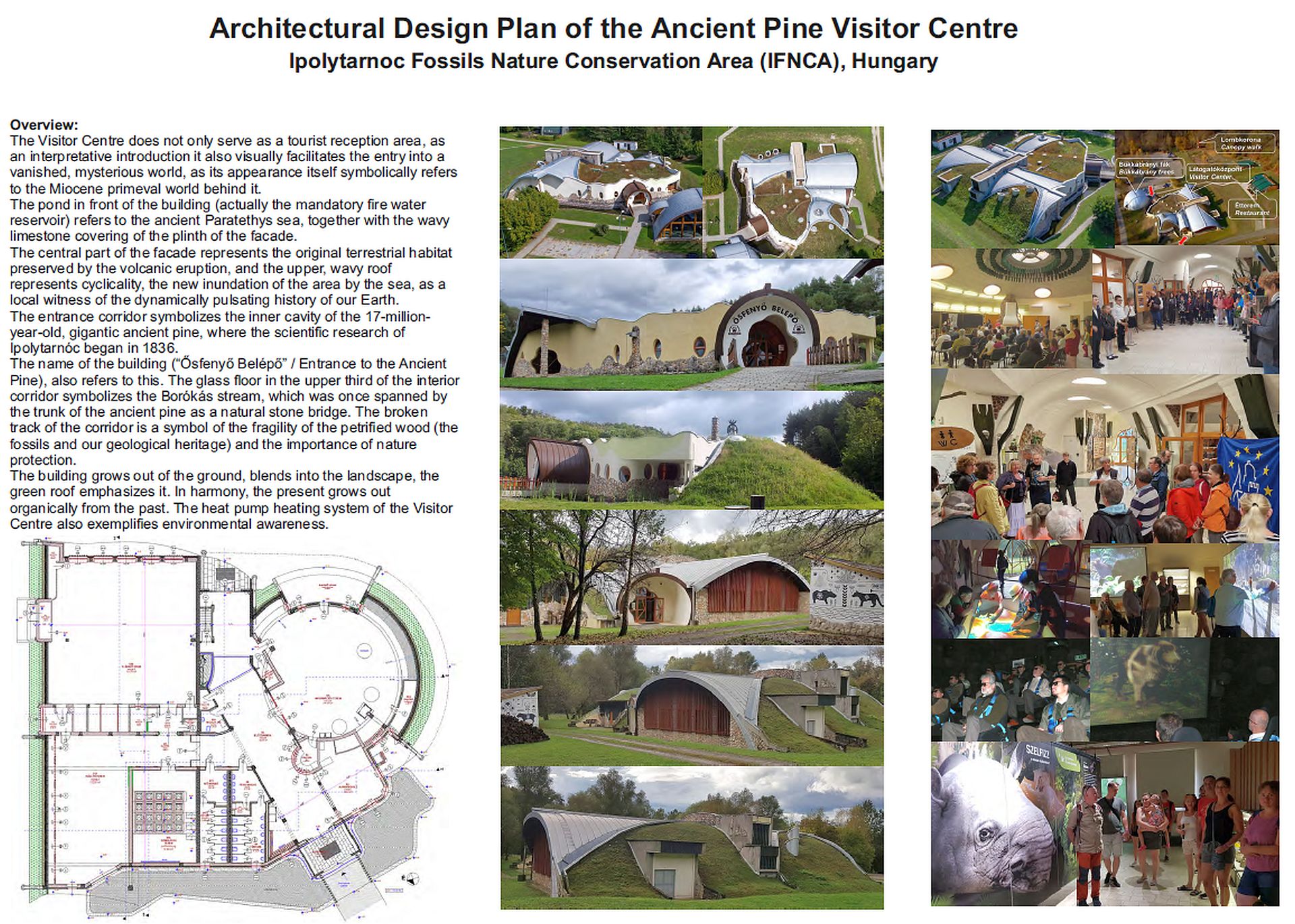
To protect the unique geological heritage of the area, several protective buildings have been erected over time, the first of which was built over the remains of a large petrified tree trunk in 1866. This is the first known protective building that our ancestors erected to protect a fossil relic on site. To present the basic geological profile, a geological educational trail was created in 1985, which connects to the reception building along the rock park trail leading from the present to the distant past. For those who have registered in advance, staying in the area between 9 am and 4 pm on these significant days, visiting the interactive exhibitions of the Ancient Pine Entrance Reception Building, the Bükkábrány Trees Protective Building and the Miocene Forest Arboretum is free of charge.
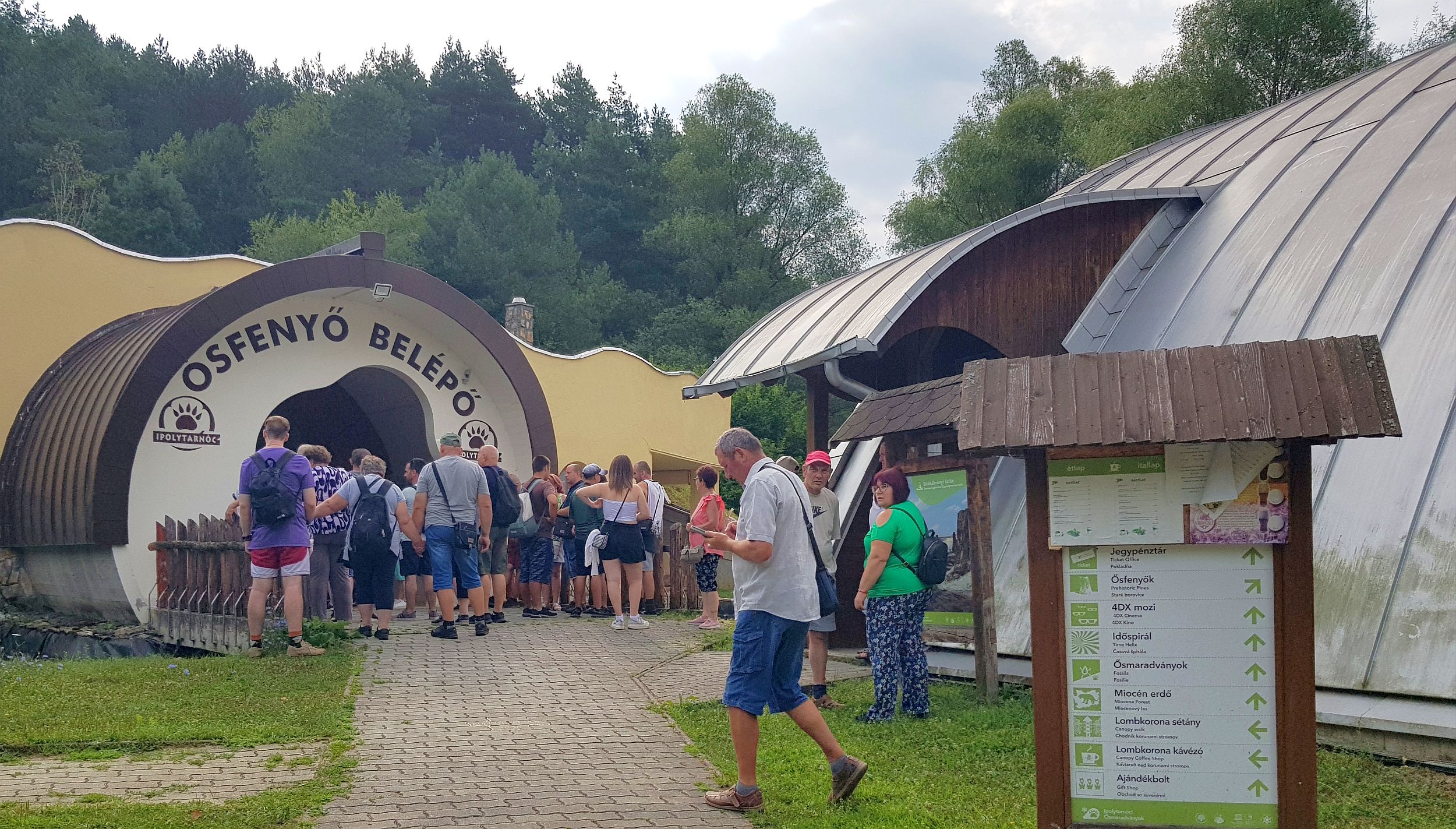
On both days, free guided tours starting at 10:40 a.m. will introduce visitors to the secrets of the workshop.
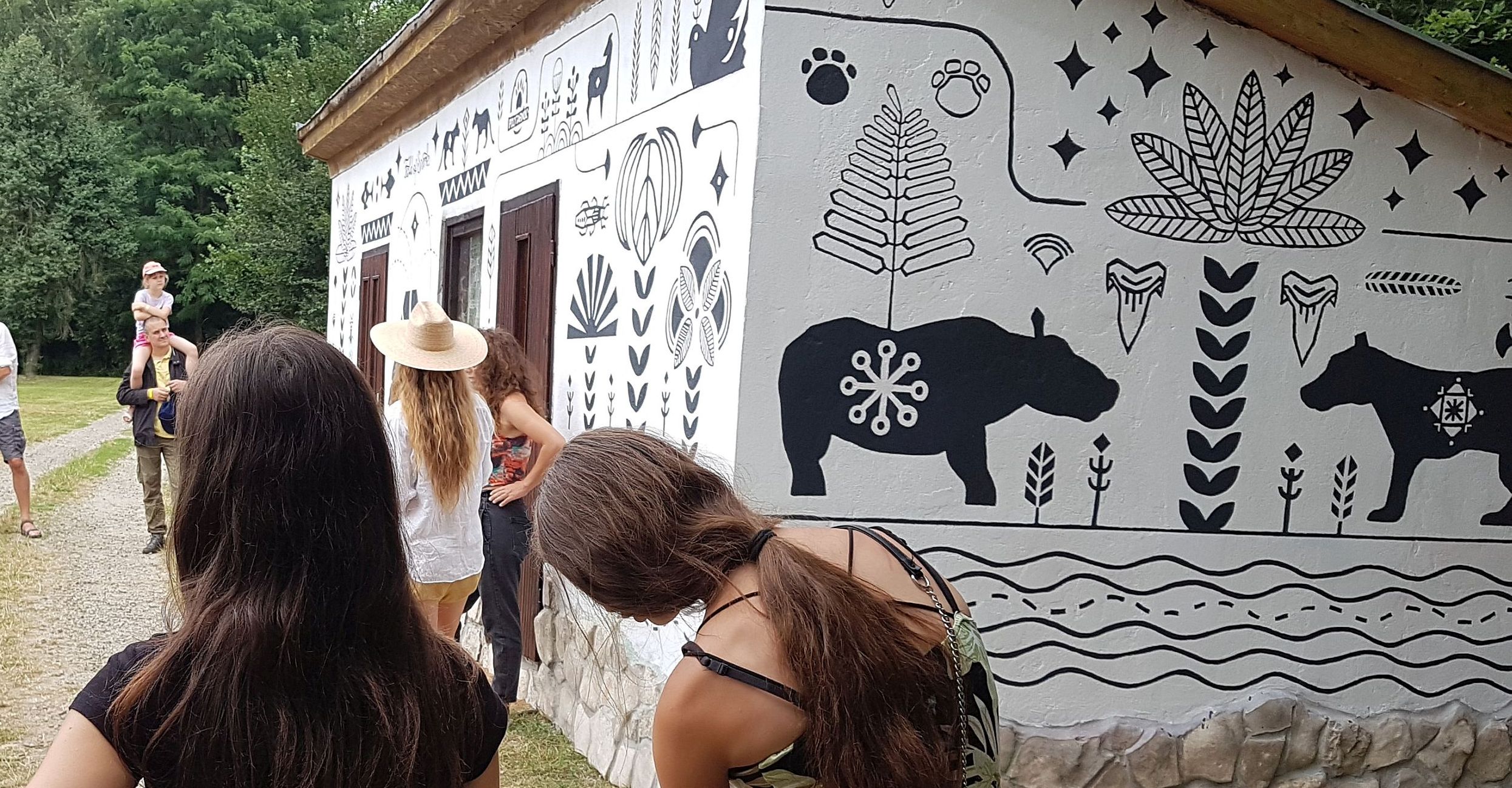
September 20-21, Saturday and Sunday:
At the visitor center The guided tour, which will start at 10:40 a.m. on both September 20 and 21, 2025, will cover the symbolism of architectural solutions referring to the events of the Lower Miocene geological period and the descriptions of the exhibitions in the reception building and the visitor sites and educational trails of the Slovak-Hungarian, Paloc-related Novohrad-Nógrád UNESCO Global Geopark.
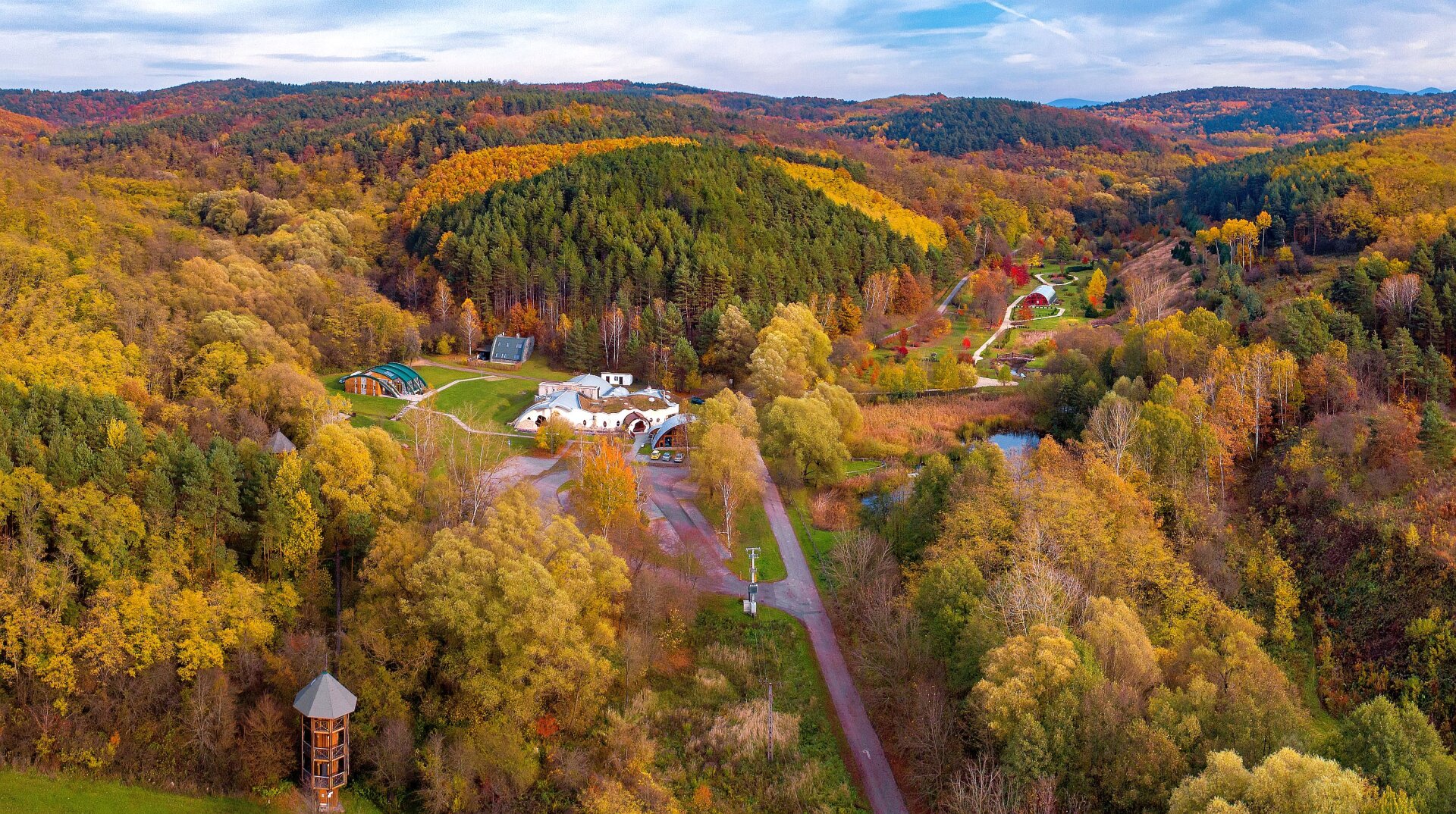
It also provides a preview of the cross-border geopark cultural heritage of the Hollókő Old Village and Castle, the hermitages of the Szentkút shrine, the Kubinyi Ferenc Museum in Szécsény, the Underground Mining Museum in Salgótarján and the Castle Hill in Fülek.
To register, please send an email to ipolytarnoc@bnpi.hu with the subject KON regisztracio and the date of the guided tour, your name and mobile number, by 12:00 on September 19, 2025. The maximum number of guided tours is 30 - 30 people.
